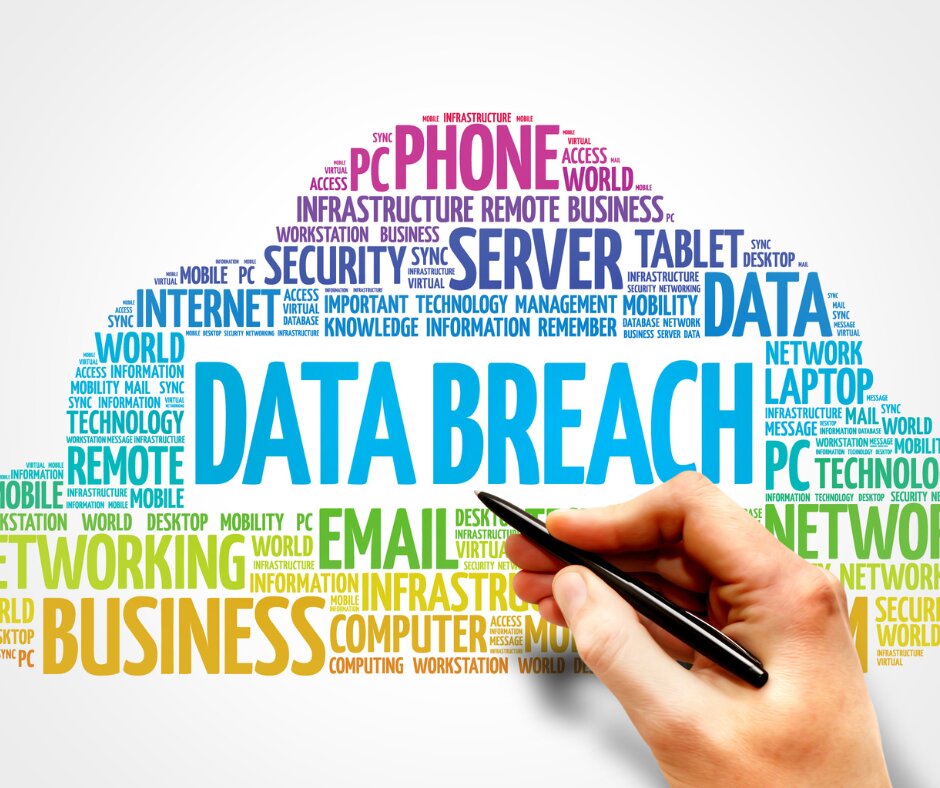 Data breaches are a growing concern in today's digital world. A data breach occurs when sensitive, confidential, or protected data is accessed without authorization from any system, database, or website. It can occur due to a malicious attack, an unintentional error, or an insider threat.
Data breaches are a growing concern in today's digital world. A data breach occurs when sensitive, confidential, or protected data is accessed without authorization from any system, database, or website. It can occur due to a malicious attack, an unintentional error, or an insider threat.
Data breaches often result in the theft or loss of personal information such as passwords, emails, and credit card numbers, which can lead to identity theft, bank account fraud, and other forms of cybercrime. Furthermore, they can have long-term implications for a company's reputation and trustworthiness. As more companies become reliant on technology, it is increasingly essential to protect their data by implementing robust security measures.
The Critical Effects of Data Breaches on Individuals, Businesses, and Governments
- For individuals, the consequences of data breaches can be far-reaching. Personal information such as Social Security numbers, bank or credit card details, health records, and other sensitive data can all be accessed and misused by hackers. This can lead to identity theft, financial losses, and a sense of violation if personal information is exposed.
- For businesses, data breaches can lead to significant losses in revenue and reputational damage. Businesses also risk exposing confidential customer data or intellectual property that can be used for malicious purposes. Additionally, there may be costly fines for companies failing to protect their customers' data adequately.
- For governments, data breaches put national security at risk by exposing confidential, classified information or allowing electronic espionage. Governments must always remain vigilant to guard against those who seek to gain access to sensitive documents and system networks.
Data breaches are serious threats to individuals, businesses, and governments. Everyone needs to take the necessary steps to protect their data and stay alert for any signs of suspicious activity.
The various warning signs of a data breach
Data breaches seriously threaten businesses and organizations of all sizes and could leave you vulnerable to financial and legal risks. Identifying the warning signs of a data breach can help you protect your business and customers.
- One sign of a potential data breach is increased spam emails from your organization. This could indicate that malicious actors have breached your system, collected your email addresses, and are now trying to use them to send out spam.
- Another potential red flag is an unusual number of login attempts. Any spikes in login activity should trigger alarm bells. Additionally, if users start reporting problems accessing their accounts when they know their passwords are correct, this could be a sign of a data breach.
- Finally, if you receive reports from your customers about suspicious or unauthorized transactions on their accounts, this could also be indicative of a data breach. If you suspect any warning signs, take immediate action before the situation worsens.
5 ways how individuals can protect themselves from data breaches
- Keep your devices and accounts secure - Use strong passwords, regularly update anti-virus and malware software, and enable two-factor authentication (2FA) when available. Additionally, ensure that your devices and online accounts are only used on trusted networks with the latest security measures.
- Be aware of phishing attacks – Unsolicited emails from unknown sources often attempt to steal personal information or login credentials. Be suspicious of links and attachments in any message from an unfamiliar source; do not click if unsure of its safety.
- Think before you click – Never disclose personal or financial information online unless it is a trusted website. Carefully review the website's privacy policy before submitting sensitive data.
- Monitor your financial accounts - Regularly check bank statements and other financial reports for suspicious activities. Notify your bank or financial institution right away if strange charges appear.
- Stay current on current scams – Cybercriminals always seek new ways to exploit unsuspecting victims. Ensure you are informed of the latest scams and warnings issued by government agencies and law enforcement.
Methods of detecting data breaches early
Data breaches can be costly and damaging for businesses of any size. It is essential to detect these incidents early to minimize the damage and control the situation.
- One method for early detection is using tools that monitor system activity around the clock. These tools are designed to detect suspicious activities and alert the system administrator in case of an incident.
- Another helpful technique is scanning data logs for unusual patterns or spikes in usage or activity. This can indicate possible malicious actions, such as unauthorized access attempts or malicious code being installed on the system.
- Finally, developing a network baseline can also be helpful for early detection. Establishing a standard range of operation will make it easier to spot when something unexpected occurs.
By employing these methods, you can ensure that your business's data remains secure and that potential issues can be addressed quickly and effectively.
Conclusion:
Data breaches have become increasingly common in our digital age and seriously threaten privacy and personal information. To protect yourself from data breaches, you must be mindful of the personal data you share online and use strong passwords and authentication measures for your online accounts. It is also helpful to be aware of the latest security threats and remain vigilant when receiving unexpected requests for your personal information. Understanding the risks and being proactive in protecting yourself can help ensure that your data remains safe. Contact us today for more robust cybersecurity solutions.



